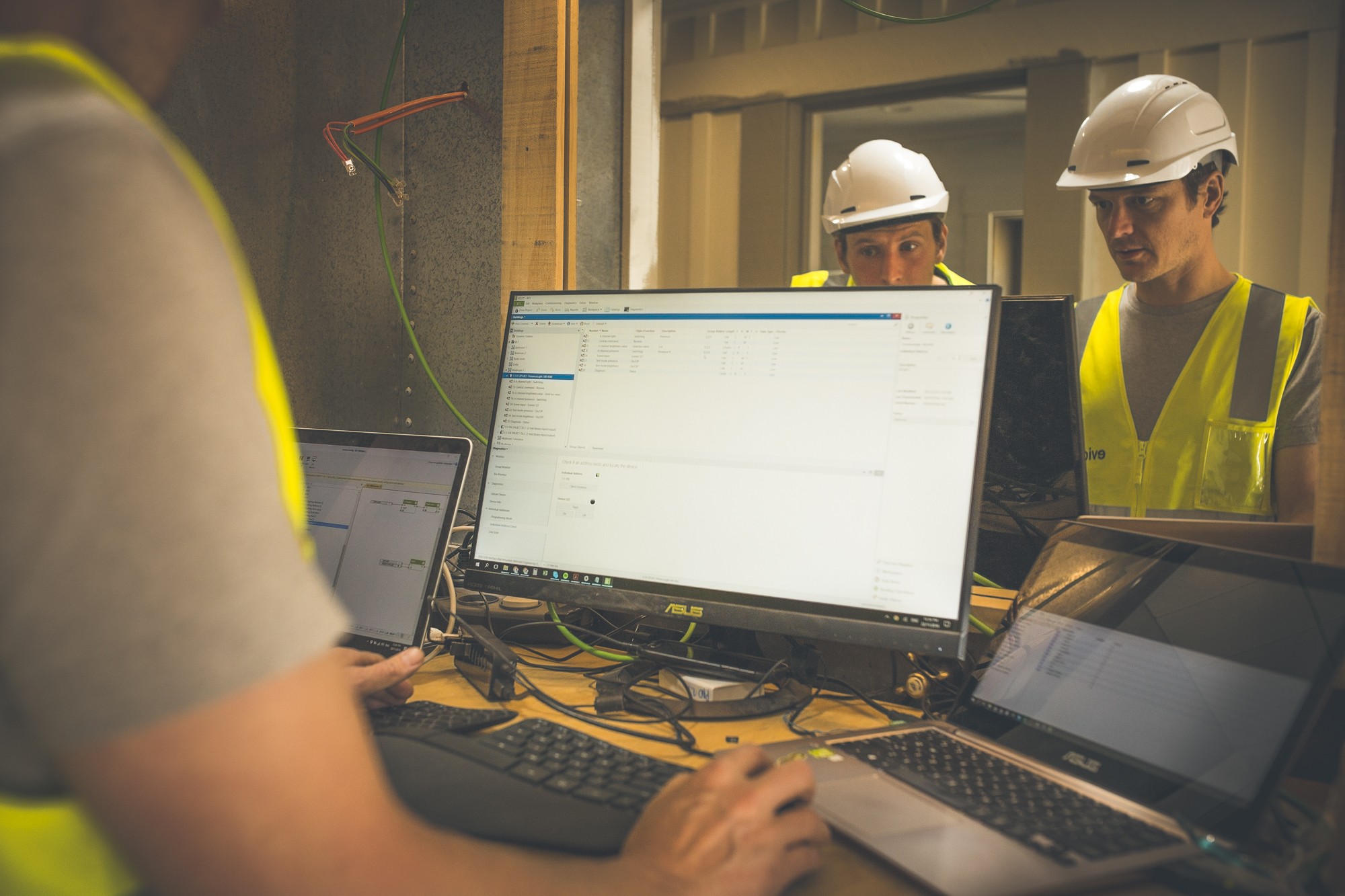- Accommodation

Before electricity became essential for modern life, humans lived a zero electrical energy existence for centuries. Wood was used for heating and cooking, and candles or oil lamps for lighting. These resources came from nearby sources, if not from people’s own backyards.
Today, when we switch on a light, electricity is drawn from a vast network of infrastructure that crosses the country. Power is generated far away from our homes and is almost always available when we want it. The average New Zealand home spends around $1,600 on electricity each year to pay for the costs to generate it, move it around the country, and the services and profits of the companies that sell it to us.
At Camp Glenorchy we will be connected to the electricity grid, but this won’t be our only source of power. A solar garden located on site will generate as much energy over a year as we and our guests will use. This is the basic requirement for Net Zero Energy Building Certification™ (NZEB).
Zero Energy buildings rely exclusively on energy generated on site via renewable sources. They don’t use any electricity from the grid, or from other outside energy sources such as gas.
Net Zero Energy buildings, on the other hand, have a balanced relationship with the grid. Net Zero Energy buildings draw power from the grid when onsite energy generation isn’t sufficient to meet demand (typically in the evenings and on short winter days). Conversely, they feed energy into the grid when the building's system is producing more than they need. For a building or site to be Net Zero Energy, over a calendar year the total energy generated needs to be at least as much as is used. Said another way, Net Zero buildings put as much into the grid as they draw out of the grid over the period of a year.

Department of Physics at the University of Otago, Energy at Home.
Making a building energy-efficient is the first step to achieving Net Zero Energy, as it reduces the amount of energy that must be generated and therefore the size and cost of its energy generation system.
Designing for this requires professionals from different disciplines to work collaboratively, as many decisions made during design will impact the building’s energy use. How spaces are laid out by the architect, the systems chosen for water and space heating, even finishes and appliances selected by the interior designer will affect the building’s performance.
Modern technology such as efficient heating systems, appliances and lights can be a great ally in achieving Net Zero Energy. Building-wide monitoring and control systems can centrally manage all of these, helping optimise their performance regardless of the time of year.
How people actually use a building affects its energy use too, but this doesn’t necessarily mean sacrificing comfort or lifestyle. Monitoring and control systems can store and display historic data, helping people make mindful choices about their energy use through understanding the cumulative impact of everyday actions.
Once a building is designed and its expected use is understood, an energy profile shows how much energy it will consume in operation. The profile is created by calculating the energy requirements of each system and appliance in the building and the frequency with which each are used. This analysis informs the size of the self-generating energy system needed to achieve Net Zero Energy for that building, or in our case, across the site.
We’re pursuing Net Zero Energy at Camp Glenorchy as part of our aspiration to live in harmony with nature, conserve resources and protect the environment for future generations.
When completed, Camp Glenorchy will contain seven cabins, four bunk huts and three shared-use buildings equipped with everything guests will need for a comfortable stay. A team of experts from different fields have collaborated on their design, coming up with innovative solutions to reduce energy use across the site and help us achieve the Net Zero Energy target.
The resulting buildings are appealing on the outside, and work holistically on the inside using a range of energy efficiency measures:
Our guests will also be able to actively manage energy use during their stay using the interactive tablets installed in each room. Each guest will be able to set their own energy targets for their stay and learn how the choices they've made are reflected in their cabin’s energy use compared to that of other cabins and of previous visitors.
With the help of our guests and through efficiencies achieved in design and construction, we aim to reduce energy use by 50% compared with similar facilities. This means our energy generation system can be half the size it would need to be if the project was ‘business as usual’.
The bulk of Camp Glenorchy’s generated energy will come from our Solar Garden: 432 solar photovoltaic panels that guests will be able to stroll around and between. Surplus energy from the solar garden will be stored in batteries for use at night or in case of emergency. If those are full, the remaining surplus energy will be exported to the electricity grid.
As well as achieving Net Zero Energy for ourselves, we want to demonstrate it can be done and provide resources that change the way our guests think about energy when they return to their homes and communities. Data showing our energy use and generation will be shared on-site and online and, after a year of operation, it will be audited as part of the Net Zero Energy Building certification process.





Pursuing Net Zero Energy requires more commitment and dedication than a traditional design process. The steps taken will be different for each project but there are some key ones to keep in mind:
It’s important to remember the design process is not linear. Results from the evolving energy profile can impact the building’s shape and size, requiring architects to revisit the design to ensure the building can accommodate the required systems. When using solar energy, for example, roofs will have to face the sun and be big enough to fit the necessary number of panels. This process will often result in buildings that are unique, rooted to their place and linked to their surroundings.